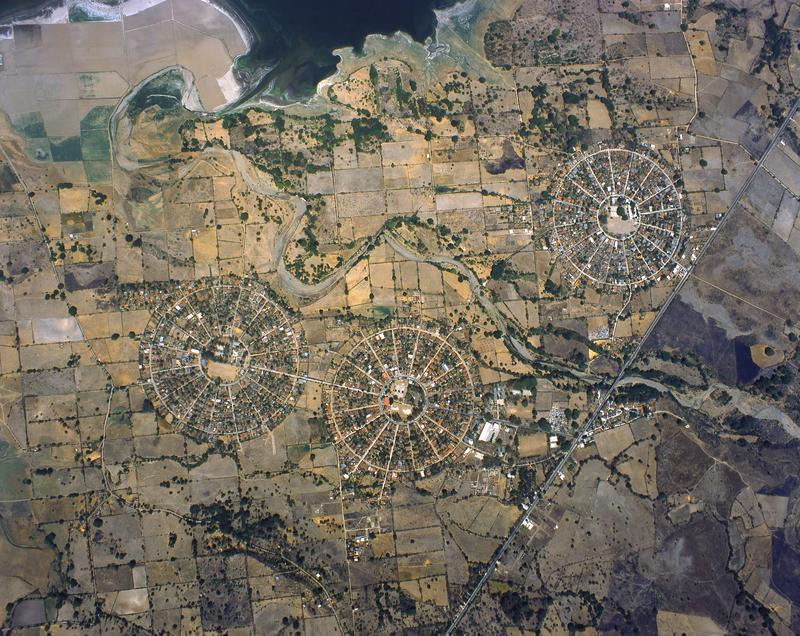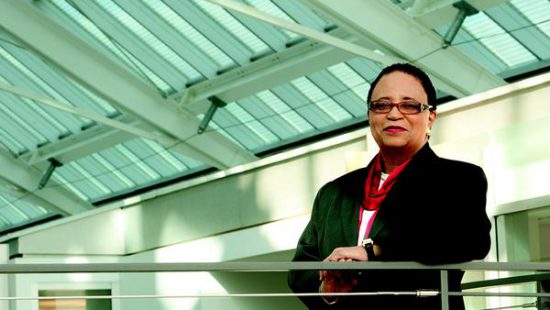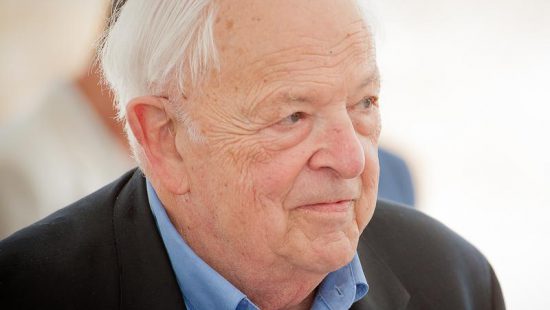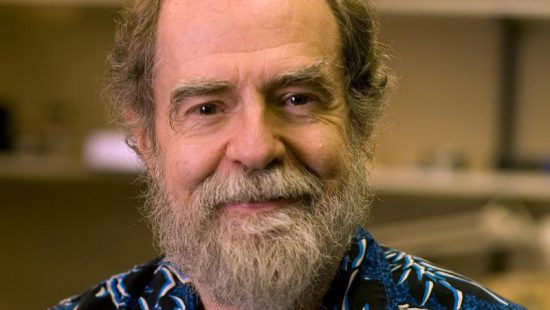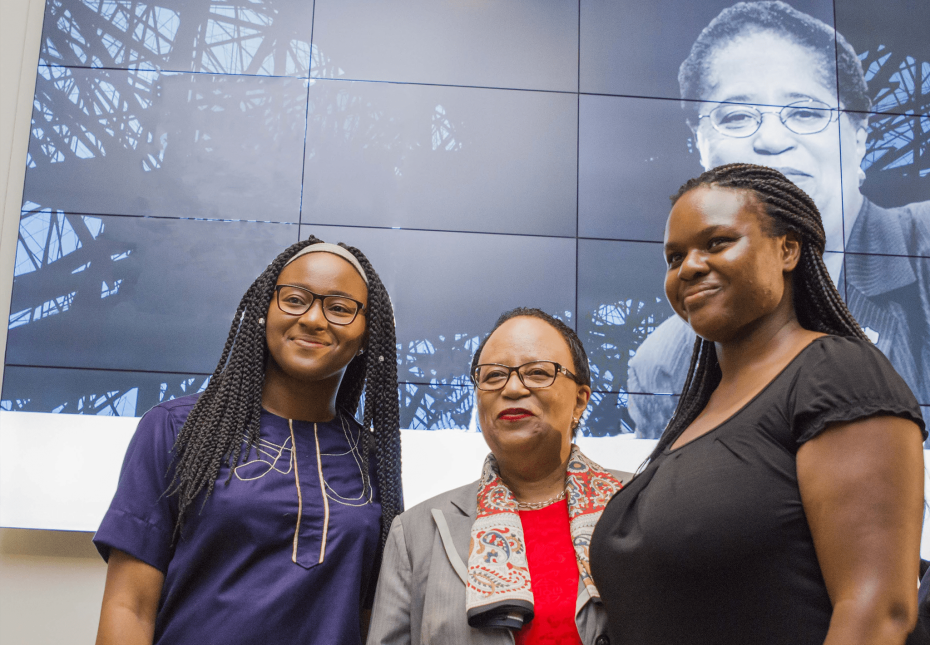How did we get here? In his lifetime, Harold Urey answered this question by asking the right questions, devising theories about the origin of life on Earth.
In 1952, Urey and his student, Stanley Miller, demonstrated how a “primordial soup” of inorganic compounds could have mixed with lightning discharges to create the organisms that first inhabited our planet.
In the famous Urey-Miller experiment, the scientists heated water, ammonia, methane and hydrogen in a sterile environment, producing a mixture of water vapor and gases. Electric sparks were passed through the container. After a week, amino acids – the building blocks for proteins – had formed.
These ideas opened the door for further research into the origin of life and the idea that humans aren’t alone in the universe. “Life is not a miracle,” Urey said. “It is a natural phenomenon, and can be expected to appear whenever there is a planet whose conditions duplicate those of Earth.”

